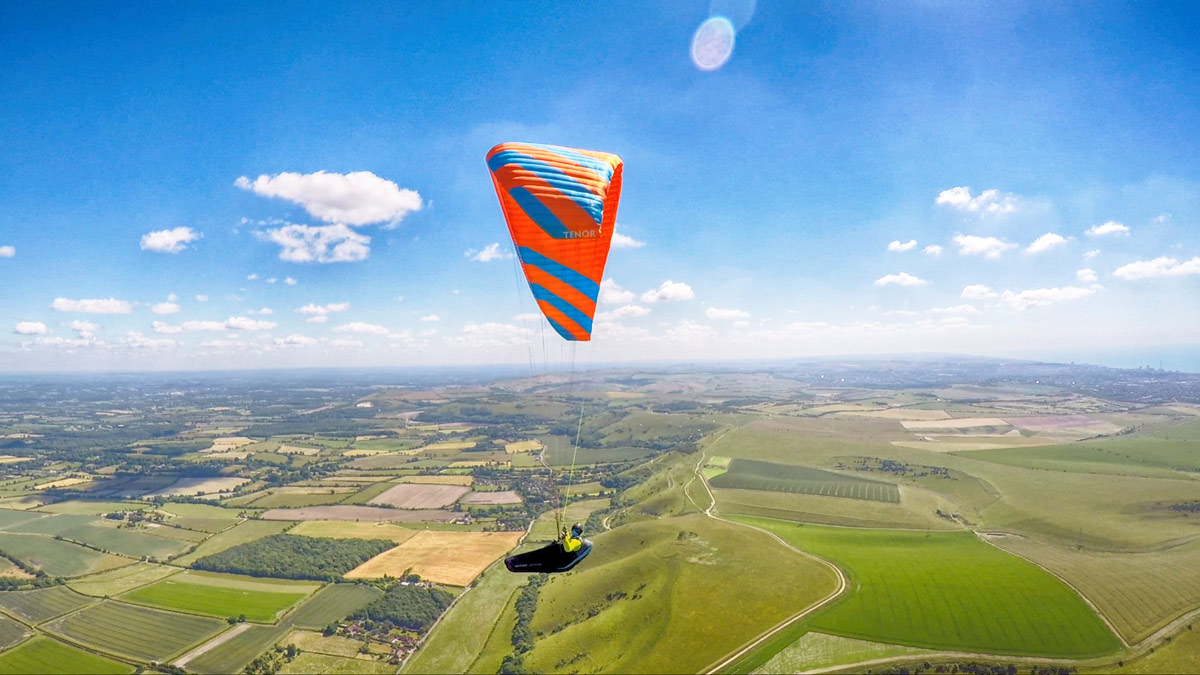
The Phi TENOR (EN B) is bigger brother to the SYMPHONIA (EN A+), which the Flybubble Crew are extremely impressed with, so we were excited to try out this new Hannes Papesh design billed as a ‘kick-ass’ wing. Carlo Borsattino tested it in very summery conditions in the UK.
Phi TENOR: Construction
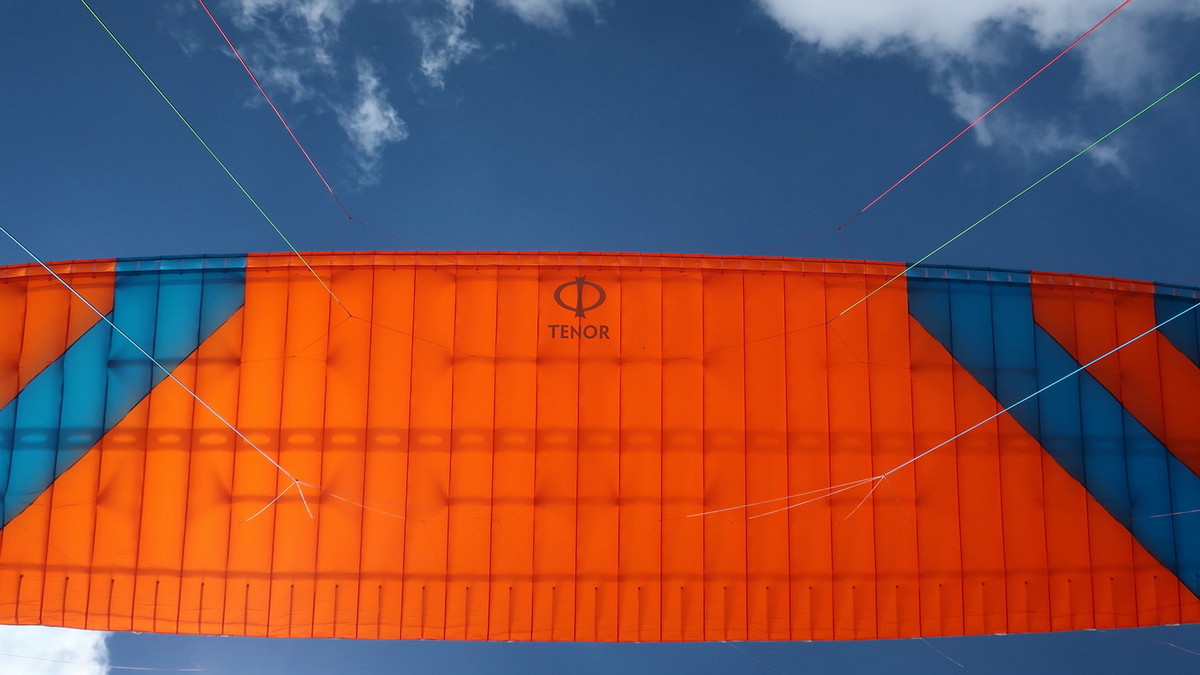
The Tenor M 21 is just over one square meter smaller than the same weight-range Symphonia M 22 which in itself is likely to lead to more dynamic handling due to increased wing loading. The leading edge has mini ribs, which improve the aerofoil and make the openings seem small. The soft reinforcing (nylon wires) are flexible and produce a mild shark nose. The general build quality is very high, better than most.
The risers are simple and easy to handle, of medium width, with high quality pulleys. I like the unusual Phi magnets, which work well. There are very few lines! The mains (relatively long) are sheathed; the uppers (relatively short) are unsheathed. It is very easy to sort them out! The lines and risers are colour-coded, making it very quick and easy to identify what's what.

Outstanding features:
- Leading edge mini-ribs effectively double the cell entry number, from 50 to 100!
- “optimised double zigzag 3D shaping” = ultra smooth, pucker resistant leading edge
- Very few lines: 2 A, 2 B, 2 C, 1 brake, 1 stabilo
- Although robust (durable cloth, internal stitching), it isn't heavy (4.7 kg for 25 m2 flat)
- Simplicity, easy handling, easy to manage.
Phi TENOR: On the ground

It is fairly easy to launch from short runways in light winds, it doesn’t hang back or stall. It needs slightly quicker reactions than Symphonia and needs some correcting to stop overflying. There’s no sticking point in the pullup arc and it also launches without using the A’s in moderate wind. Direction changes are simple and kiting is fairly easy.
In strong winds, pinning the wing down is relatively easy for a wing in this class; I think this is because of the mini ribs effectively making the cell entries smaller (less bulge) plus the nylon wires being quite soft. Launching is relatively easy for a wing in this class, although the TENOR requires a bit of finesse to stop overshoot or tip tucks.
Phi TENOR: In the air
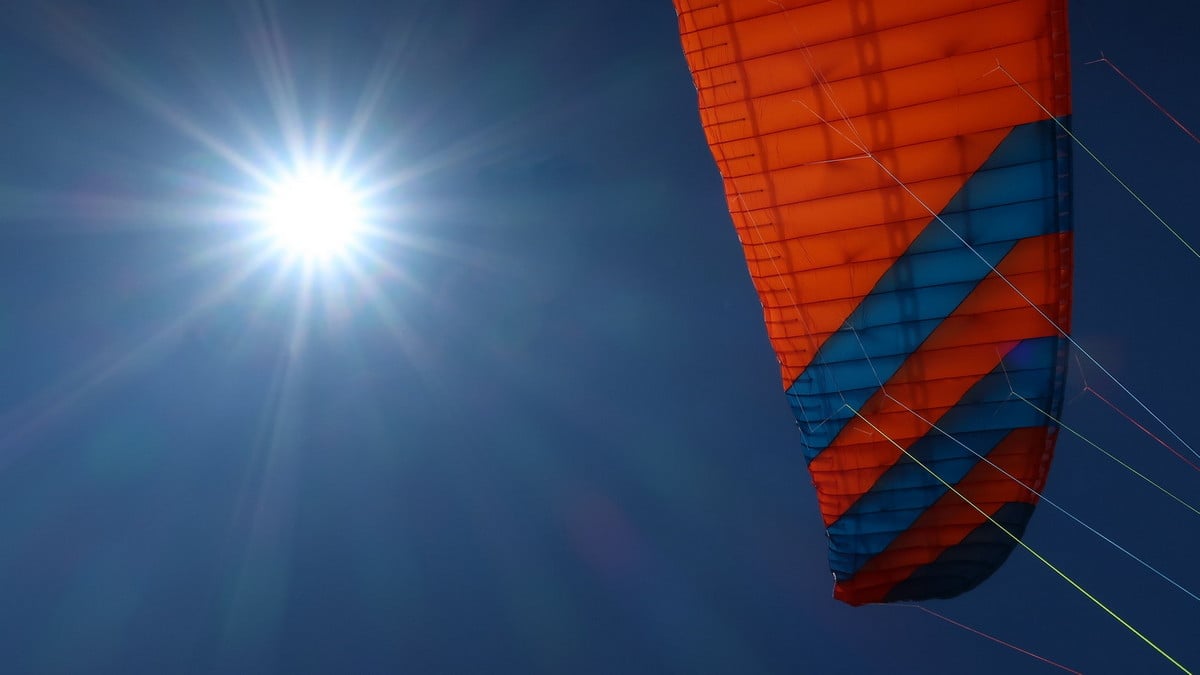
Our new Flybubble Weather tool showed it being good for flying from Mount Caburn. When I arrived it was light and thermic. I took off early to get ahead of the approaching sea breeze. Straight away the Tenor gave me a similar feeling to the Symphonia, of the same family, solid and reassuring, but with a bit sportier handling and more feedback - useful for searching out weak lift, which is exactly what I needed straight after takeoff!
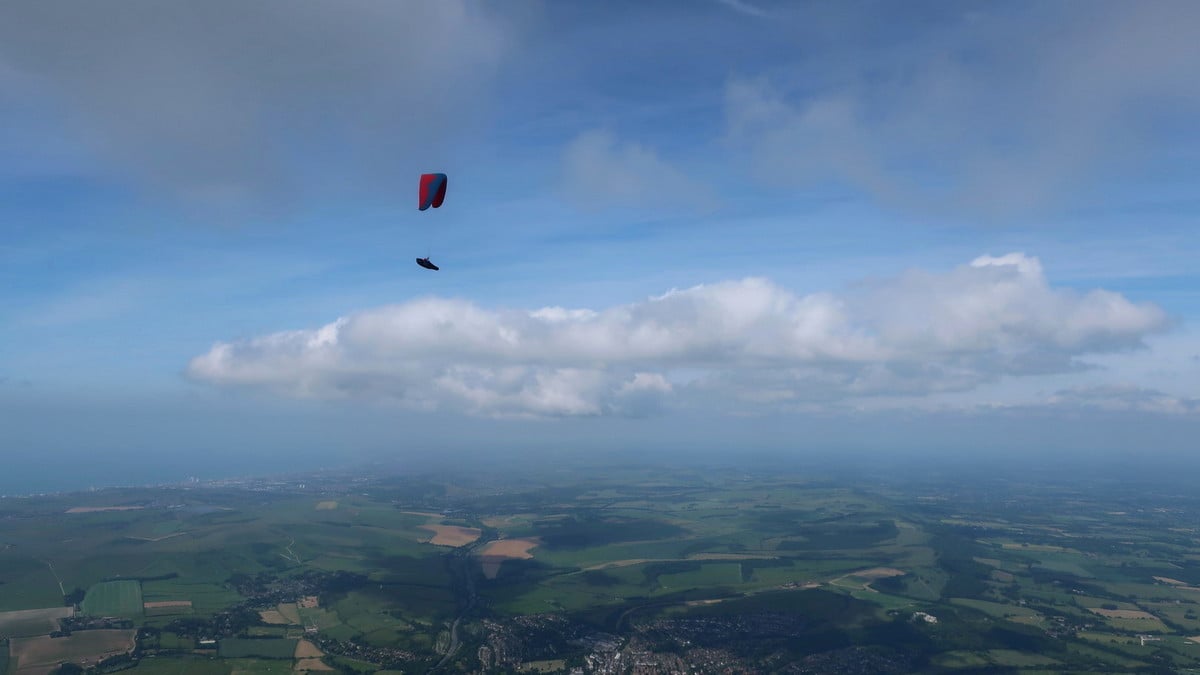
Cross Country magazine's Hugh Miller soon followed me on an Ozone Enzo 3 (CCC). We enjoyed an easy climbout together, and I was surprised that more pilots didn't launch straight after us. I guess they were a little put off by sky god Mark Watts having just launched and gone down to the bottom landing field on his Ozone Enzo 3. This serves as a good reminder that, even for a great pilot like him, flying a current top competition wing, there's always a certain amount of luck involved in this game!

Roger Turner, an excellent pilot, on his Ozone LM6 (EN D) chased me down for the first part of my flight. He later commented: "Couldn't get near you Carlo 👍". Then, after I misread the sky ahead and made a bad decision which got me low and slowed me down for about 40 minutes, it was my turn to chase him the rest of the way to Ashford (and slowly catch him back up again) for a very nice 70km jolly! Cloudbase rose to a little over four grand (4000 ft), so there were no concerns under the airspace (5500 ft), but the race was on to get ahead before the sea breeze pushed in. The TENOR performed admirably.
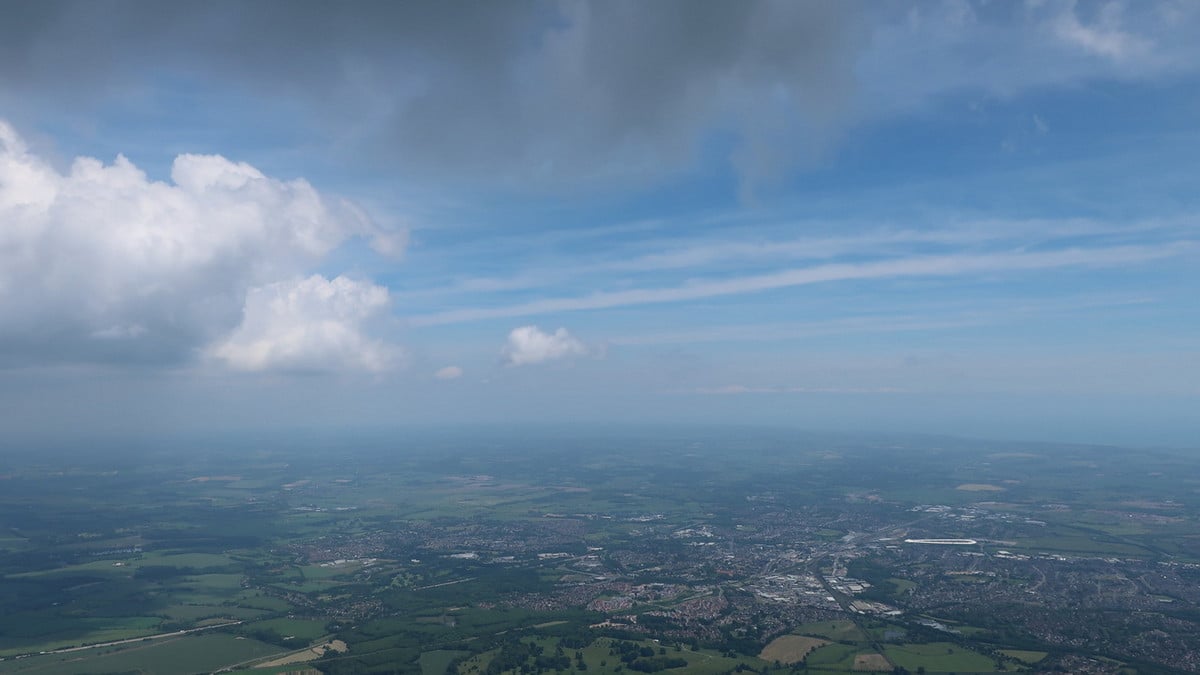
On another XC flight which you’ll see in our review video, we had many crosswind glides and strong thermals – an absolutely classic XC day. Due to good route choices I was again able to keep up with high B and mid C wings, and enjoyed a 72km+ flatland out and return. I flew part of that flight with Mariusz Macias, a very good XC pilot flying a top performing current C wing, who later commented about the Tenor: "That little low B wing flies like a high C!". Probably a slight exaggeration, but it impresses.
Phi TENOR: Handling

Control (brake) travel is moderate for the class i.e. moderate to long. For most, milder turns and active flying I found it most comfortable to hold the top of the toggles through the brake loops, no wrap. For tighter thermaling turns and wingovers, I found the 'classic half wrap' (hold the toggles at the bottom, then take a half wrap) was about right. I guess that some might want to take a full wrap, but I did not find this necessary. The controls are moderate to light for the class. All this, combined with low workload and 'calmly responsive' handling, leads to a low effort yet highly pleasurable flying experience!
Thermaling doesn’t require much outer brake to regulate turns, maybe a bit to optimize, but it’s easy. It responds well to brake inputs. It turns quite flat, maybe a little bit rolley but it climbs well. It pulls forward calmly into thermals and doesn’t require too much active flying or holding back. It doesn’t require pitch or roll damping in active air, being good at dampening out this energy.
Wingovers are easy to induce and manage but nothing too radical, good fun but still fine for the class. Energy build up is moderate, and when you've had enough fun, or if you get the timing a bit wrong, the Tenor dissipates the energy fairly promptly and very smoothly.
Phi TENOR: Safety
It feels reassuring on full bar, but gives feedback. It’s solid but not planky: pitched just right for the class.
Big ears (emergency descent manoeuvre) is easy to initiate, and since there are only 2 A’s per side you get good-size (useful) big ears with 1 line per side. The ears are stable and easy to hold in. They reinflate by themselves in a mellow way; not with a bang.
Stall point and spin point are moderately forgiving for the class. Collapse resistance felt moderate, and I would be comfortable flying without brakes in mild turbulence (if I had to) and also remaining on full speed bar in similar conditions. 50% asymmetric and frontal collapses showed mild reactions with quick, easy recovery.
Phi TENOR vs Phi SYMPHONIA
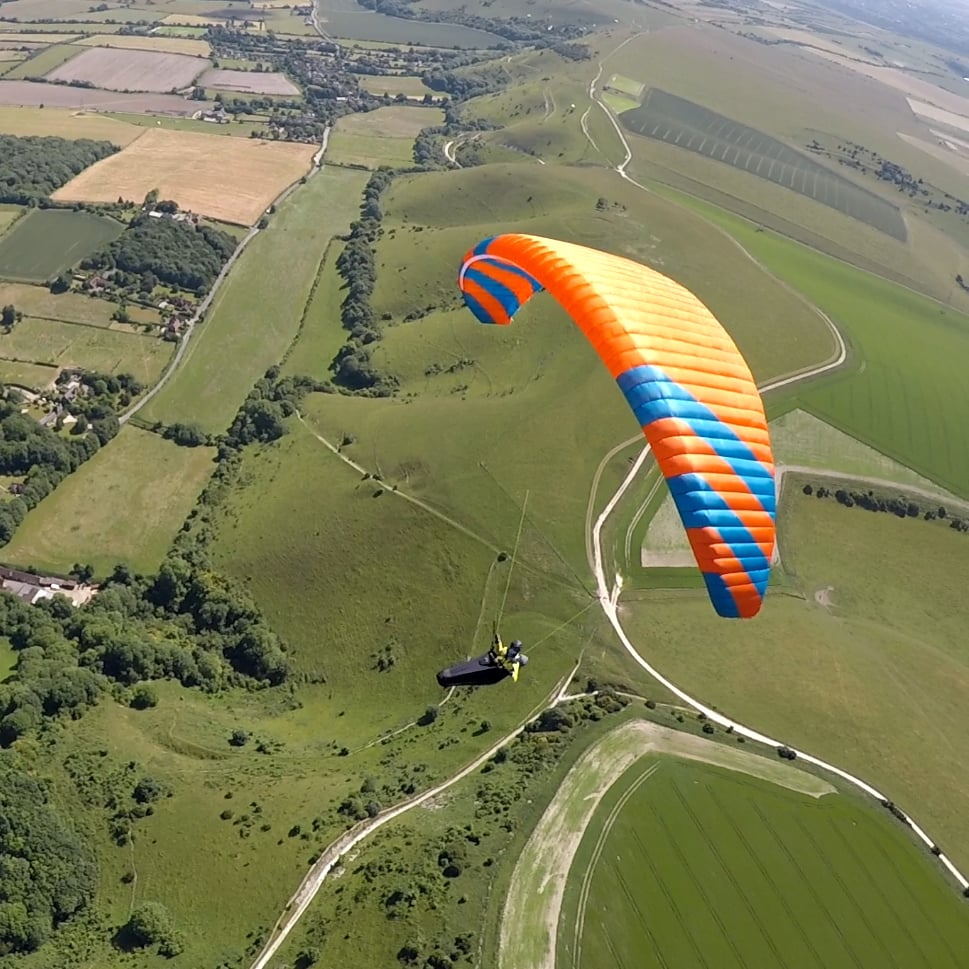
The Tenor is a bit more dynamic, with a bit more energy than Symphonia, turns a bit sharper, handling is more direct, with shorter brake travel, hence it has a bit sportier feeling. It's very comfortable in turbulence, even though it gives more feedback, I think because it's very compact and simple to handle.
The Tenor seemed noticeably faster on bar than the Symphonia of the same size (I notice the Tenor M 21 has 170mm of speedway, whereas the Symphonia M 22 has 150 mm), and the leading edge mini-ribs (effectively giving the Tenor 100 cells on the leading edge) mean that, similar to the Nova Phantom (which has 99 full-length cells), the Tenor's leading edge keeps its shape exceptionally well all the way through it's speed range, where others of a similar class, and even higher, often lose their cell shape and flutter. The Tenor certainly feels very solid on bar, and the glide angle is excellent for the class! This will be a GREAT wing for blatting around huge triangles on booming light wind, high cloudbase days in the Alps!
Phi TENOR vs EVERYTHING ELSE

The Tenor goes amazingly well for a low B wing with an aspect ratio of only 5.14 - my gut feeling, from testing and flying with very many wings, is that it's probably the best in the Progression class (low-mid B wings) - with the notable exception of the Nova Phantom, which it matches. Alongside the Phantom, the Tenor leads the latest low EN B (Progression) wings in speed and glide performance, matching some high B (XC Class) wings, with the exception only of a few class leaders. As expected, it seems to be slightly slower than the latest EN C (Sports) wings, with slightly reduced glide, but it’s close enough that a small route decision will see you passing the higher classes on an XC flight. Climb rate is excellent for the class, but some higher-rated wings climb a bit better.
It's very reassuring and well-behaved but with good feedback, lovely handling and generally very nice to fly. For pilots who want slightly less dynamic handling and less feedback than the Tenor has to offer, something a bit calmer and more reassuring, the Symphonia is the one to go for.
For pilots considering whether to go for the low B Tenor or a full high B wing, the Tenor is significantly less taxing and demanding to fly than high B wings, requiring less active flying to keep it overhead and inflated in turbulence. High B wings require more precise active flying, and more finesse from the pilot, so the Tenor is aimed at a different kind of pilot, looking for different things (more comfort, more safety).
Phi TENOR: Who’s it for?
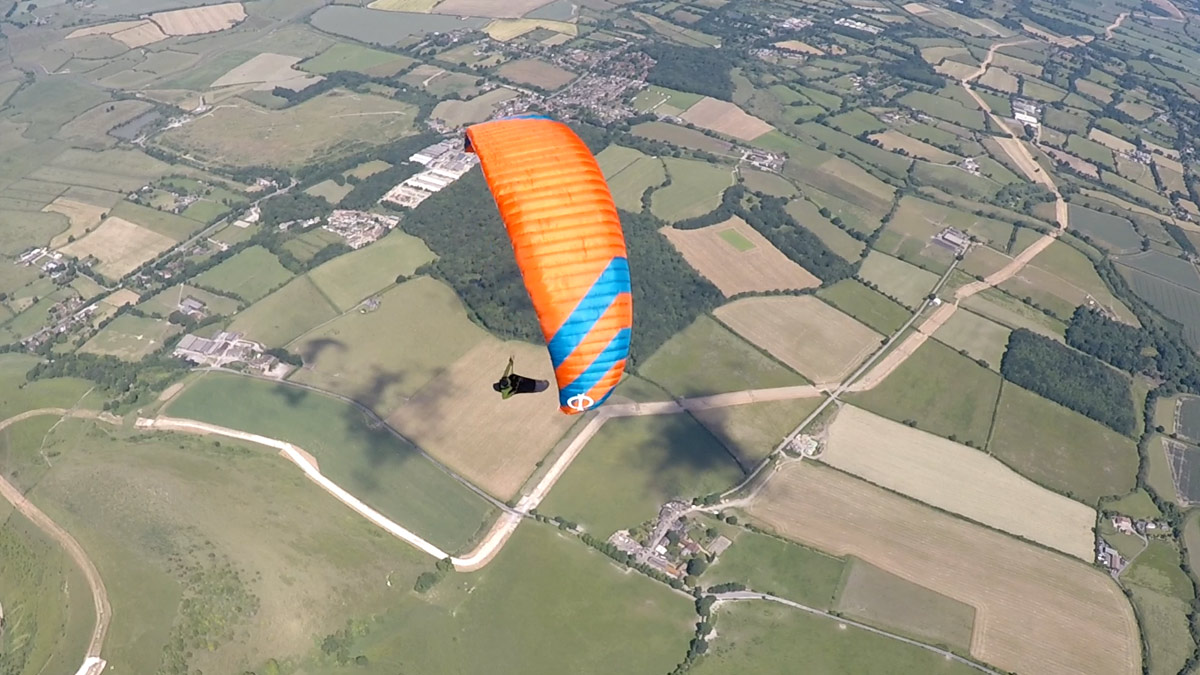
The TENOR delivers a feeling of moderate pressure with fairly precise but easy and reassuring handling. Turns are slightly soft yet responsive. The strong points of this wing are its ease of use; exceptional ratio of high performance to low pilot demands, and exceptional ratio of responsive handling to reassuring feel. If I had any criticism it would be that the launch needs some finesse in very light, fickle winds; if you pull too hard on the risers (too much horizontally, rather than lifting - as you should) you can cause the leading edge to fold under, slowing the inflation of the wing (but it mostly self-recovers from this anyway).
This is a fun, playful, mellow and easy-going wing, best suited for cautious experienced pilots or highly talented newer pilots. The TENOR is made for soaring, playing, thermaling, XC, fun tasks, and big flights in the Alps. Go kick some XC-ass!
Find out more about the Phi TENOR
Phi TENOR: Review conditions
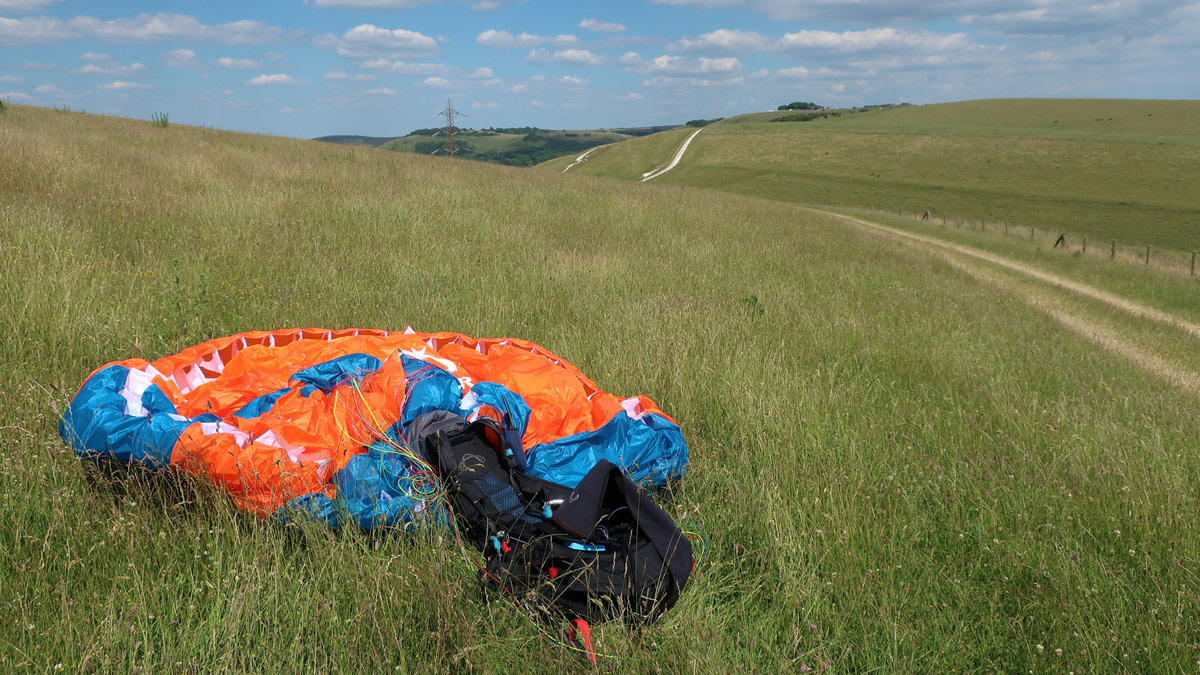
Phi TENOR M 21 (flat 24.98 m2)
Weight range: 75-95 kg
Pilot total flying weight during tests: 89-94 kg
Harnesses used: Advance Lightness 2, Supair Delight 3
Pilot: Carlo Borsattino
Altitude (m): 100-1400m
Location: England
Description of site: small dry grassy hills and flatlands
Flying conditions: Summer, many small flights, a few XCs, total airtime approx. 12 hours of varied thermic lift 0-5 m/s average, some soaring, everything from smooth to turbulent but nothing too extreme.
Want to see more?
There's no better way to support our efforts than buying kit from us. We'll ensure you get great service! Choose from our huge range AND enable us to produce more videos and articles to benefit the freeflight community.

